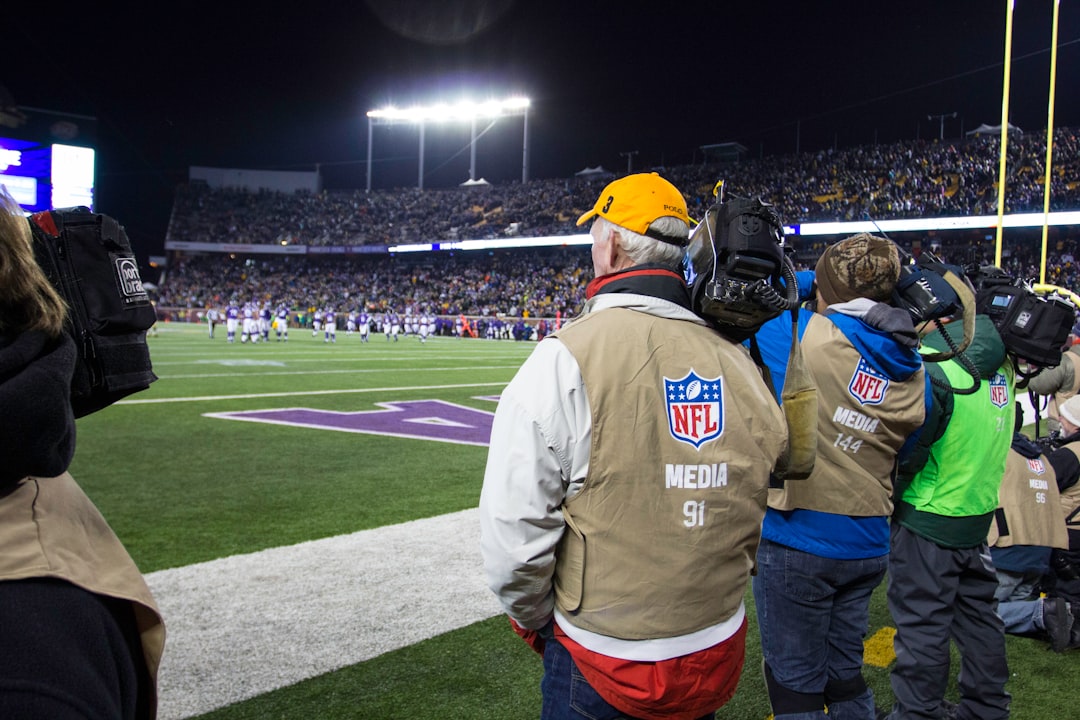The world of American football is expanding beyond the realms of the National Football League (NFL), with emerging leagues like the United Football League (UFL) now gaining traction. As passionate fans search for more content and aspiring players seek more opportunities, the UFL presents itself as a valuable alternative. But how does it compare to the NFL? While both leagues center around the beloved sport of football, there are significant differences—and some striking similarities—that prospective fans, players, and commentators should be aware of.
Understanding the Leagues: UFL and NFL at a Glance
The NFL is the premier professional football league in the United States, established in 1920 and currently comprising 32 teams. It has become a cultural staple and business juggernaut, featuring the most elite football talent in the country and attracting millions of viewers weekly.
In contrast, the UFL, a more recent addition to the pro football scene, combines aspects of previous developmental leagues like the XFL and USFL into one consolidated league launched in 2024. Backed by media companies and sports investors, the UFL aims to offer spring football while maintaining a competitive edge and providing opportunities for players not currently on NFL rosters.

Key Differences Between UFL and NFL
1. Season Timing and Duration
- NFL: Hosts games from early September to February, culminating with the Super Bowl.
- UFL: Plays from late March to June, filling the football void during NFL’s off-season.
The staggered seasons serve an important purpose—allowing football fans to enjoy nearly year-round football and enabling the UFL to avoid direct competition with the NFL.
2. Talent Pool and Salary
- NFL: Attracts the top 1% of football talent, with high-profile players earning multi-million dollar contracts.
- UFL: Caters to players who are either NFL hopefuls, former NFL athletes, or college stars who didn’t get drafted. Salaries are modest, ranging from approximately $5,000–$8,000 per week.
For many UFL players, it’s a stepping stone opportunity—to get back into the NFL or earn a spot for the first time.
3. Game Rules and Innovation
One of the more exciting aspects of the UFL is its willingness to experiment with rules to enhance the game’s pace and excitement. Some notable differences include:
- Alternative kickoff rules to improve safety and excitement
- Three-point conversion attempts after a touchdown
- Modified play clock to speed up the game
- Sky judges for instant replay decisions
The NFL, while modernizing elements such as overtime and pass interference review, generally sticks to traditional rules, which are more deeply entrenched in its identity.
4. Broadcasting and Audience
While the NFL dominates national networks with multibillion-dollar deals with CBS, NBC, FOX, and ESPN, the UFL is partnering with hybrid platforms like FOX Sports and cable/satellite carriers, focusing on accessibility and reach. This means a different viewing experience, sometimes enhanced by in-game interviews and mic’d-up broadcasts for a more immersive feel.

Notable Similarities Between UFL and NFL
1. Field Size and Core Rules
Despite innovation in secondary rules, UFL games are still played on a standard 100-yard field with 10-yard end zones, and the fundamentals of downs, tackling, and scoring closely resemble those followed in the NFL. For fans of the sport, the learning curve is minimal.
2. Player Hunger and Professionalism
Whether it’s the Superdome on a Sunday night or a spring game in St. Louis, both leagues showcase incredible athleticism and dedication. Many UFL athletes train year-round and have prior experience in the NFL or Division I college football.
3. Team Branding and Fan Engagement
Much like NFL franchises, UFL teams have local fan followings, merchandise, mascots, and social media interaction. This builds not only brand loyalty but also creates a grassroots appeal the NFL may not always prioritize.
What to Expect Moving Forward
The UFL doesn’t aim to dethrone the NFL—it aims to supplement it. As fans increasingly demand year-round sports content and athlete pathways diversify, the UFL’s role will likely grow in significance. Moreover, the league’s experiments in rule changes and broadcast methods may serve as a testing ground for innovations that could eventually be adopted by the NFL itself.
In the next few years, expect the following trends:
- More strategic partnerships with streaming platforms
- Expanded fan base from untapped or underserved football markets
- Integration of fantasy football and betting platforms
- Player transfers to and from the NFL
It’s exciting to watch a league find its identity while paying homage to a sport loved by millions. UFL games offer a fresh yet familiar experience—perfect for new fans or seasoned NFL die-hards yearning for gridiron action beyond February.
Conclusion
In summary, while the NFL remains the top tier of American football, the UFL carves out a unique space with its own charm, innovation, and competitive spirit. By offering a spring football league with quality athletes and experimental rules, the UFL enriches the fan experience and provides meaningful opportunities for players and coaches alike.
Frequently Asked Questions (FAQ)
- What does UFL stand for?
- UFL stands for United Football League, a professional spring football league formed in 2024 by merging elements from the XFL and USFL.
- Is the UFL affiliated with the NFL?
- No, the UFL is an independent league. However, it serves as a developmental avenue where players aspiring for the NFL can showcase their talents.
- Can players move from UFL to NFL?
- Yes, players often use the UFL as a platform to gain attention and sign contracts with NFL teams. Several UFL athletes have already made the leap.
- Where can I watch UFL games?
- UFL games are broadcast on networks like FOX Sports and may also be available through select streaming platforms.
- Does the UFL have a championship game?
- Yes, the UFL season concludes with a championship matchup between conference finalists, much like the NFL’s Super Bowl.



